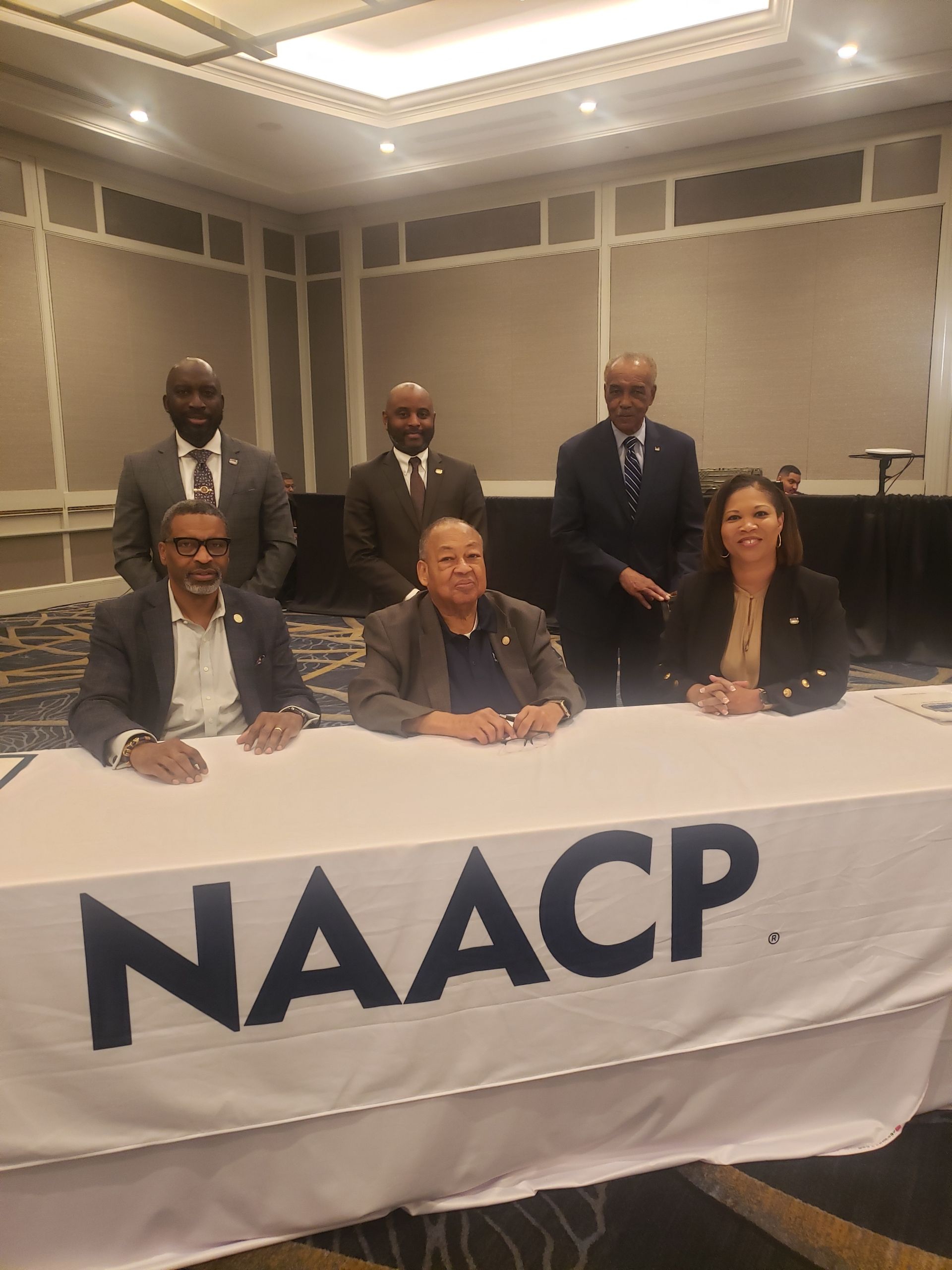BankThink – Congress must act to close the racial homeownership gap
Americaʼs public and private sectors are committing to a more equitable society, one with opportunities for wealth and success regardless of race or ethnicity. To make racial equity a reality, government, corporate and civic leaders must address the wealth gap that diminishes the aspirations, hopes and dreams of families and individuals.
The need for federal action is now. Blatant, race-related barriers hamper the expansion of Black wealth in America. A typical white family has eight times the wealth of a Black family of similar stature. The median net worth for Black households is $24,000, compared with $188,000 for white families. The cycle can only be broken by improving the major driver of Black wealth — intergenerational homeownership that yields prosperity and family economic security.
The major deterrents to Black homeownership are racial bias in the mortgage lending process, the burden of student loans as well as aftereffects of natural disasters, the Great Recession, and devastation from COVID-19. Homeownership for Blacks dropped nearly 20% since 2008 and despite the contributions of the 1968 Fair Housing Act, 54 years later the homeownership gap has widened. In 1960, 38% of Blacks owned homes while white homeownership was at 65%, a 27-point gap. Last year, the nation experienced the largest homeownership spread since 1890 — 44.6% for Blacks and 74.2% for whites, a 29.6% gap.
For many Black families, one of the biggest hurdles is saving money for the down payment on a house. Their income level may qualify them for a mortgage, but they struggle to come up with the upfront costs. In passing HR 5376, the original Build Back Better Act, the House included a $10 billion down payment grant program for first- time, first-generation homebuyers. Options currently exist for down payment assistance, but most come with onerous conditions such as adding a second mortgage or stricter wage and credit score requirements, making it harder to qualify for a mortgage. As the Senate pares down HR 5376 to attract support needed for passage in reconciliation, itʼs critical that the down payment provisions remain in the bill.
Congress must target the disproportionate burden of student loans and regulators should force a consensus on how student loan debt is calculated in the mortgage approval process.
Black Americans owe an average of $25,000 more in student loan debt than their white counterparts four years after leaving college, and leave school with an average of
$52,726 in student debt. The loan payments themselves are a financial burden and Congress should provide families with some loan forgiveness. But there is also inconsistency by lenders and the secondary market in how that debt impacts mortgage approvals.
The mortgage securitization giants Fannie Mae and Freddie Mac are now acknowledging that income-based, student loan payment plans should lower the monthly debt ratio calculations for loans. Still, it is critical that a uniform standard is created that guides the Federal Housing Administration, Fannie Mae, Freddie Mac and the Department of Veterans Affairs in calculating the debt so it is not left to the whims of individual lenders.
Both government and the private sector must confront the appraisal bias that plagues Black Americans when they sell their homes or need a valuation on new ones. In March, a Biden administration interagency task force released a report confirming the proliferation of appraisal bias — houses in Black neighborhoods are on average appraised at less than half the value of houses in predominantly white communities. It also notes that a Freddie Mac study used census data to find that 12.5% of appraisals in Black neighborhoods and 15.4 % in Latino communities resulted in values less than the actual contract prices.
What causes these results?
One issue is the lack of diversity among appraisers. The Appraisal Institute acknowledges that less than 2% of its members are Black. Another factor is the flawed nature of the appraisal appeals process. When someone feels they have been wronged by an appraisal and seek a review, less than 3% of appraisals are ever revised. While there is a growing movement to utilize technology rather than physical appraisals, that approach is also troublesome because the data entered into any program may already be biased.
Letʼs start by encouraging the appraisal industry to reach out to historically Black colleges and universities and community colleges to establish programs that can train minority students to be appraisers. A better understanding of communities of color should result in fairer valuations of property in these communities. Moreover, while the task force study is a good start, it must follow through with effective reforms for the industry.
Regulators must also review the unfair process of adjusting rates and private mortgage insurance premiums for risk even after an applicant has been approved for a loan. These loan-level price adjustments, or LLPAs, are applied unfairly to minority homebuyers, according to a comprehensive study by the Journal of Financial Economics. It found that risk-equivalent Latinx/Black borrowers pay significantly higher interest rates on GSE-securitized and FHA-insured loans and the rate differences cost minority borrowers more than $450 million yearly.
The key to understanding wealth disparities is recognizing the degree that homeownership drives Black wealth — itʼs 60% to 70% of the average Black householdʼs net worth. Thus, increasing Black homeownership is the most effective path to wealth equity.
For decades, Black families and other families of color have been victims of discrimination that has prevented them from reaping the generational benefits of home ownership. With decisive action on these issues, more Black families can enjoy the benefits of homeownership and America can take a giant step towards wealth equity.
CREDITS: American Banker/Lydia Pope
The post BankThink – Congress must act to close the racial homeownership gap appeared first on National Association of Real Estate Brokers.


